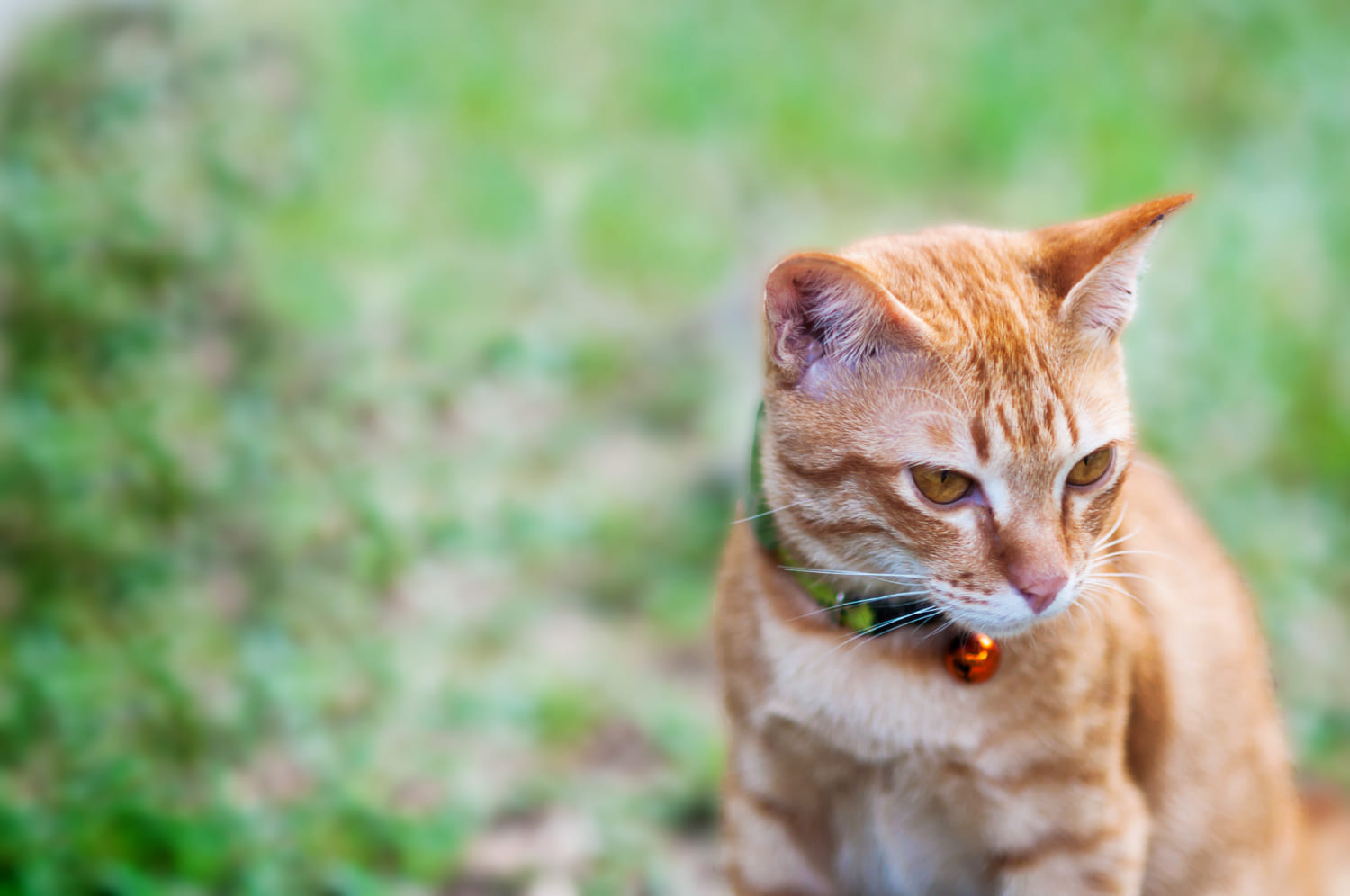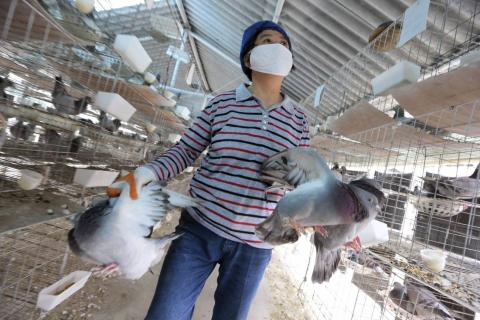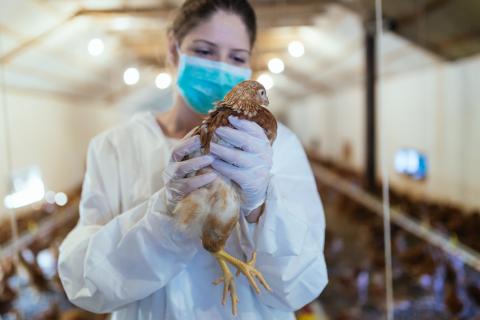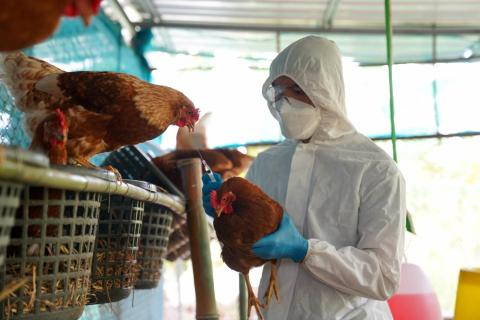Reactions: WHO reports "unusual" deaths of cats infected with avian influenza virus in Poland
According to a statement issued Monday by the World Health Organisation (WHO), Poland has reported that "unusual" cat deaths have been found in several areas of the country. Of the 47 samples tested (46 from cats and one from a caracal, another type of feline), 29 were positive for the avian influenza A(H5N1) virus. The surveillance period for all contacts has now ended and no contacts have shown symptoms. According to WHO, "sporadic A(H5N1) infections of cats have been reported previously, but this is the first report of a large number of infected cats in a large geographical area within a country".

Nogales - Gatos (EN)
Aitor Nogales González
Virologist (senior scientist) at the Animal Health Research Centre (CISA, INIA-CSIC)
On 27 June 2023, the Polish authorities notified the World Health Organisation (WHO) of the death of 46 cats and one caracal. Most of the samples tested from the dead or slaughtered animals were positive for avian influenza subtype H5N1 and clade 2.3.4.4b, which has been responsible for multiple outbreaks of avian influenza in poultry farms in Europe. In addition, the animals developed symptoms compatible with avian influenza infection.
The affected animals come from different geographical areas of the country. The source of exposure of the animals to the virus is currently unknown and investigations are ongoing to determine how the infections occurred, which could be through direct or indirect contact with infected birds, or through consumption of contaminated feed, among other causes. It is important to note that none of the people who had close contact with the animals have developed symptoms related to possible infection with the virus.
Previously, sporadic cases of infection in domestic or wild felines with avian influenza subtype H5N1 have been described, and it was known that felines are susceptible to this virus. However, this time the high number of reported cases is striking.
Given the increase in the number of mammalian cases that have been infected with avian influenza subtype H5N1, the situation should continue to be monitored through active surveillance systems. In addition, it is important to assess the evolution of the virus in order to predict possible adaptations to mammals, including humans. It should be recalled that avian influenza has been a key player in recent influenza pandemics.
Gustavo - Gatos (EN)
Gustavo del Real
Senior scientist in the Biotechnology Department at INIA-CSIC
Three weeks ago, Poland's competent animal health authority notified the WHO of the death of an unusually high number of cats in different regions of the country. The sick cats suffered from severe respiratory, digestive and neurological symptoms and autopsies showed pneumonia lesions. Among the affected cats, five were living indoors, 18 were living indoors with access to a terrace or garden and two were living outdoors. Analysis showed that 29 out of 47 samples from the suspected cats tested positive for the H5N1 Influenza A virus. Genetic analysis of the virus isolates revealed that they belong to the H5 2.3.4.4b clade, similar to the H5N1 2.3.4.4b strain that had recently circulated in wild birds and caused outbreaks in poultry in Poland. As is known, since the end of 2021, countless outbreaks of H5N1 have been reported in wild birds and poultry worldwide.
Sporadic avian influenza infections in cats had already been detected in different parts of the world, but the novelty of this outbreak is that it has affected a large number of cats in a large geographical area of a country in a short time.
The fact that the infections have occurred almost simultaneously at several distant sites seems to indicate that the infections have been caused independently by direct or indirect contact with infected birds and, in principle, there is no evidence of transmission between cats. Also, no signs of infection have been reported in people close to the affected cats (owners, veterinarians, etc.).
Cats have already shown susceptibility to infection by avian influenza viruses, as well as by other RNA viruses, such as the covid-19 coronavirus, in this case from SARS-CoV-2 infected humans, illustrating the special relevance of this pet as a potential intermediate host for viruses that also affect humans and other mammals.
The most relevant aspect of these episodes is that cats join the group of mammalian species (wild, farm and pet) that in the last two years have been infected by the H5N1 highly virulent avian influenza virus that is circulating worldwide and that, between 2020 and 2022, has affected seven people and caused two deaths.
Polish health authorities are investigating the factors that have led to the infection of cats and have deployed a series of preventive measures among cat owners to avoid contact with birds suspected of being infected with avian influenza.
The WHO reiterates the importance of epidemiological surveillance of these viruses, with special emphasis on animal species susceptible to infection that may facilitate their adaptation and spread to humans.



